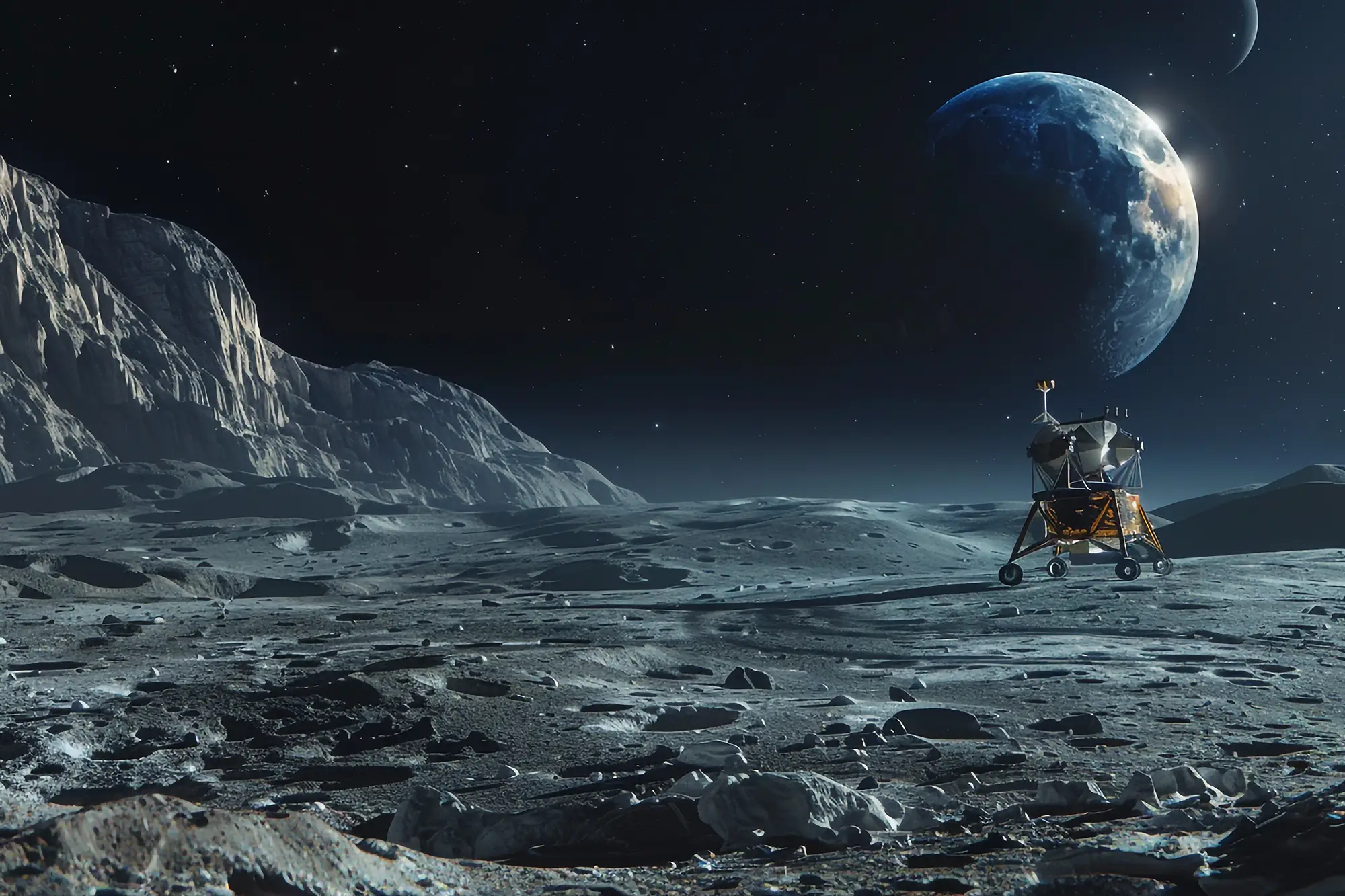Pay only for the energy you consume.
No capex.
Efficient and reliable radioisotope power systems (RPS)
Deep Space Energy builds radioisotope power systems (RPS) around a dynamic generator with 25 % conversion efficiency. In today’s isotope-scarce world, that efficiency lets us use five times less radioisotope fuel than current RTGs to produce the same electric power.
Radioisotope Thermo-Acoustic Linear Induction Generator (RTALIG)
Our converter is proprietary and built for greater reliability: unlike free-piston Stirling units, the Radioisotope Thermo-Acoustic Linear Induction Generator (RTALIG) has just one moving piston instead of two.
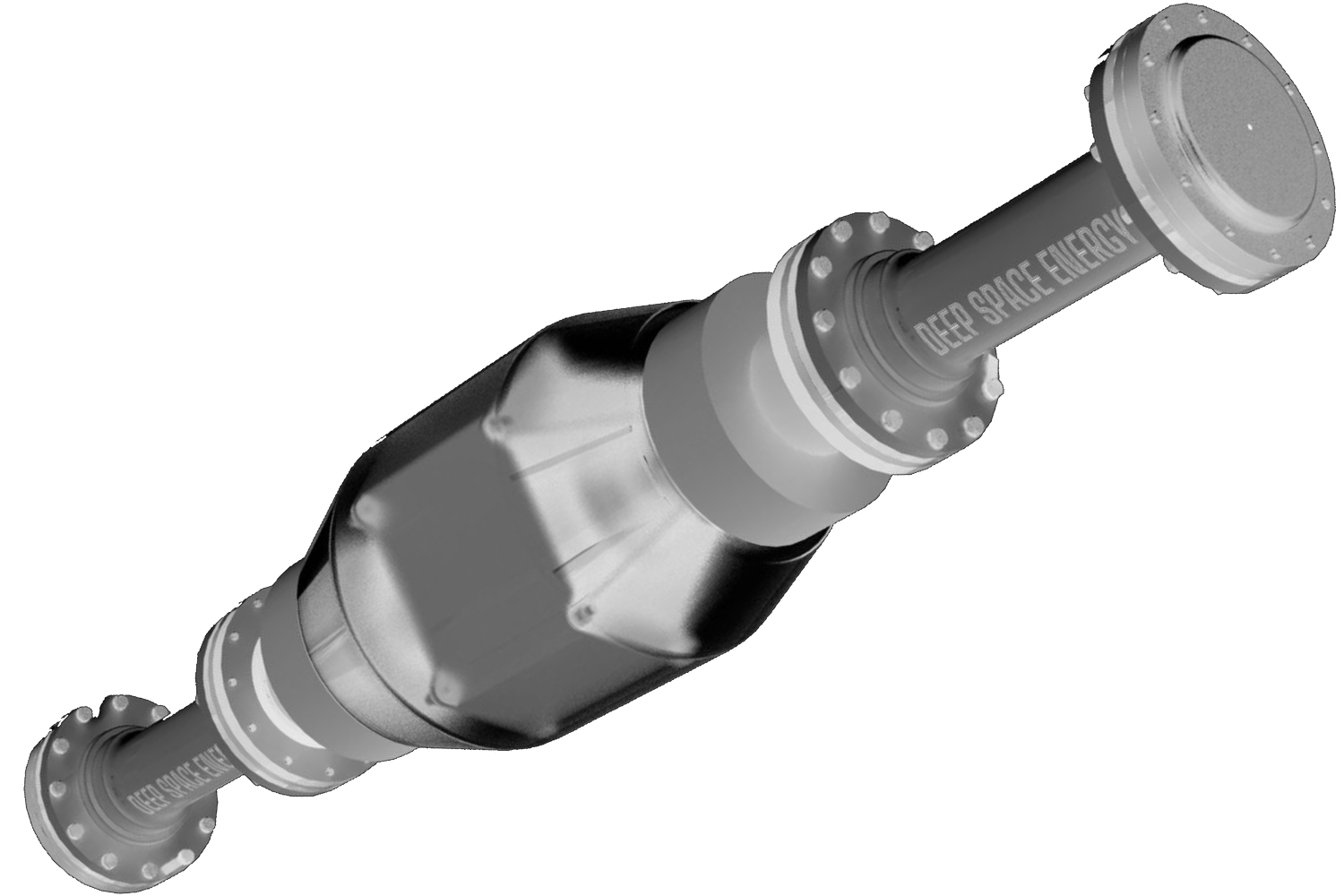
Sealed, moving-magnet RTALIG
proven to 25 % efficiency
2-3× higher W/kg than
legacy RTGs
“Power-as-a-service” model keeps heat-source
ownership with us for simpler licensing
80 % less scarce
radio-isotope fuel
80 % less scarce radio-isotope fuel
Our solution comes with five times the power per gram of isotope. A single Deep Space Energy generator converts heat to electricity at 25 % efficiency—five times higher than today’s RTGs—so missions need 80 % less scarce radio-isotope fuel.
Why efficiency matters in a fuel-short world?
- Every kilogram of Pu-238 or Am-241 now costs millions and is quota-limited.
- Our dynamic converter turns 2 kg of Am-241 into 50 We, where a standard RTG needs 10 kg of Am-241.
- That saves mass, money and export-controlled material.
Power-as-a-Service
This is our business model
We don’t sell hardware. Instead, we deliver watt-hours (Wh) on-orbit or on-surface under a service contract.
Result: predictable OPEX for you, higher fleet utilisation for us and faster time-to-launch for everyone.
Once your mission ends, we will redeploy the generator to the next customer, maximising isotope utilisation.
A proprietary legal framework plus in-situ assembly lets us source radio-isotope heat sources from multiple suppliers without triggering export-control hurdles.
The RTALIG difference
It is reliable by design. Every mechanical system eventually breaks down, so we minimized the number of moving parts and their complexity. While the classic free-piston Stirling design has two pistons, RTALIG has just one simple actuator. Less to move – less to break. And that one piston rides on flexural bearings that have proven their reliability for 17 years of continuous operation.
Multi-isotope ready
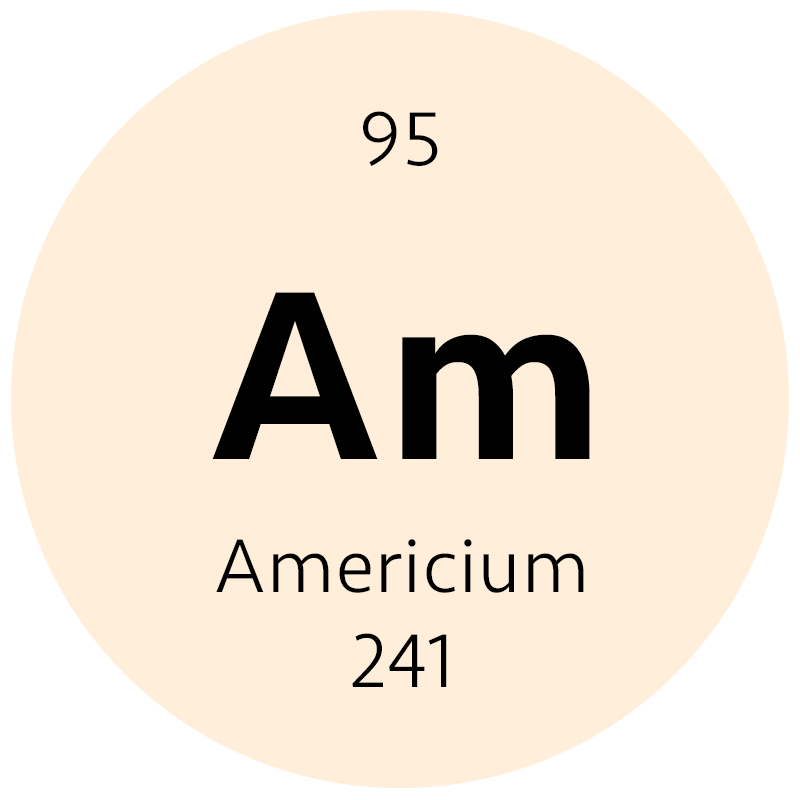 European Am-241 RHS with 432 years half-life is ideal for long-lasting science missions to outer planets.
European Am-241 RHS with 432 years half-life is ideal for long-lasting science missions to outer planets.
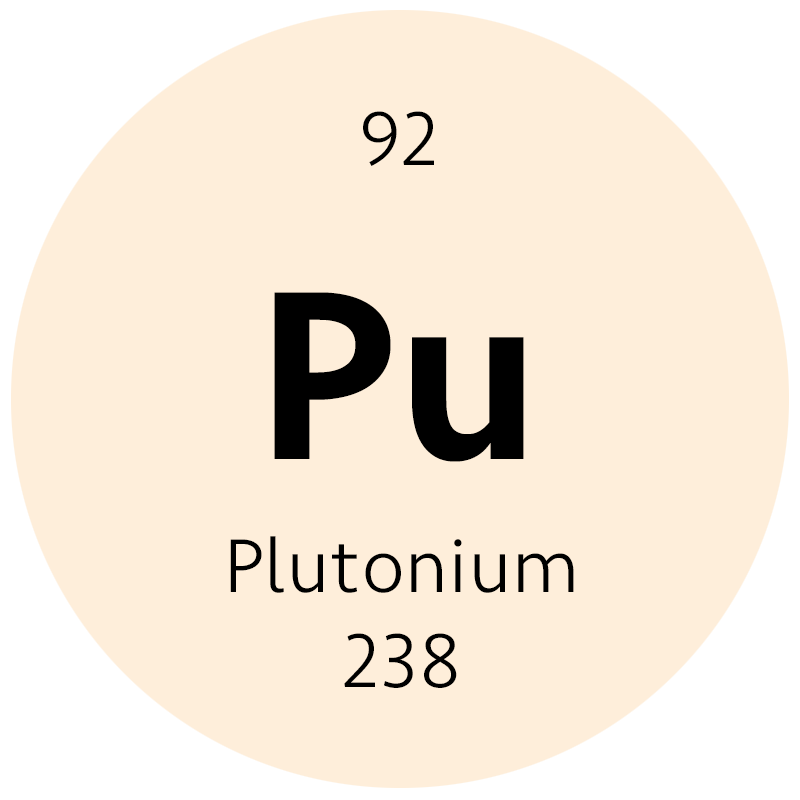 U.S. Pu-238 RHS with 87 years half-life and the highest power output per kg is good for high-power science missions.
U.S. Pu-238 RHS with 87 years half-life and the highest power output per kg is good for high-power science missions.
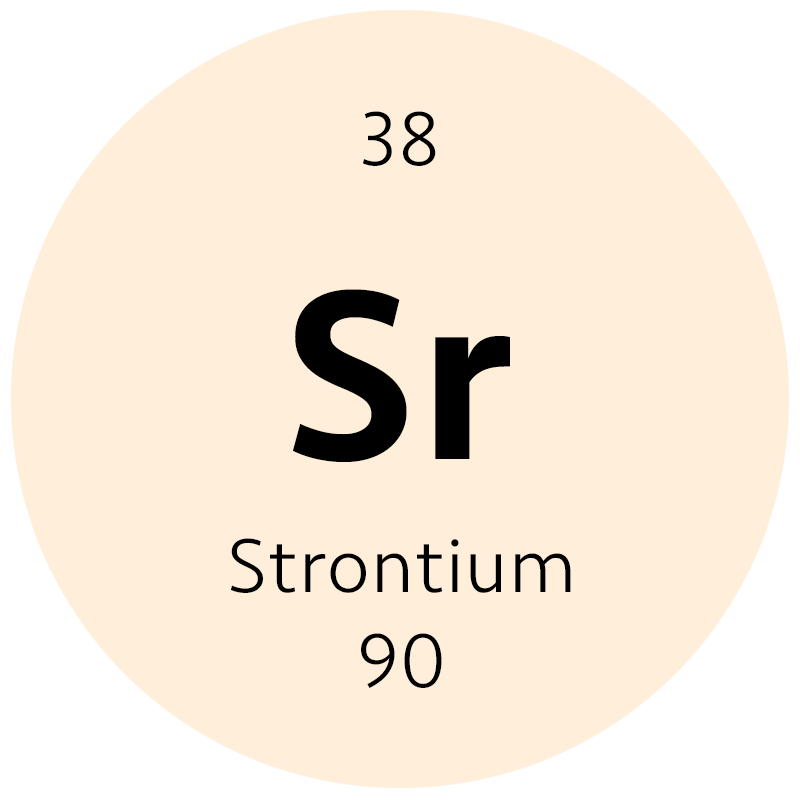 Commercial Sr-90 RHS with 29 years and gamma-radiation avoiding fuel compound suits commercial orbital and surface missions due to the large availability of the radioisotope in fission products and potentially highly scalable production.
Commercial Sr-90 RHS with 29 years and gamma-radiation avoiding fuel compound suits commercial orbital and surface missions due to the large availability of the radioisotope in fission products and potentially highly scalable production.
Key specs at a glance
- Electrical output: 50 W(e) per module — stack up to 10 units for 500 W(e).
- Conversion efficiency: 25.4 % heat-to-electric, five-times higher than classic RTGs.
- Moving parts: just one piston (free-piston Stirling needs two), so there’s less to wear out.
- Mass with shielding: 22 kg total for the 50 W(e) module.*
- Specific power: 2.3 W(e) per kilogram, leading the field for radioisotope systems.*
* (This is for Am-241 RHS)
Power every mission phase from launch to Kuiper Belt
Where sunlight fades or dust persists, our solution keeps instruments warm, data flowing and crews safe.
Survive the two-week lunar night with reliable power
Our compact 50 W modules keep avionics, heaters and science payloads alive through 336 hours of –173 °C darkness that shuts solar arrays down.
Keep Mars rovers moving through multi-year dust storms
Dynamic Stirling conversion shrugs off dust buildup, delivering steady watts for mobility, drilling and data relay across five consecutive Martian winters.
Power deep-space probes where sunlight is one percent
25 %-efficient generators provide broadband communications and energy-hungry instruments five billion kilometres out, long after solar becomes impractical.
Safeguard cislunar assets against line-of-sight blackouts and eclipse
Hybrid nuclear-solar packs bridge every eclipse, guaranteeing navigation, propellant conditioning and emergency resupply for Earth–Moon infrastructure without service gaps.

